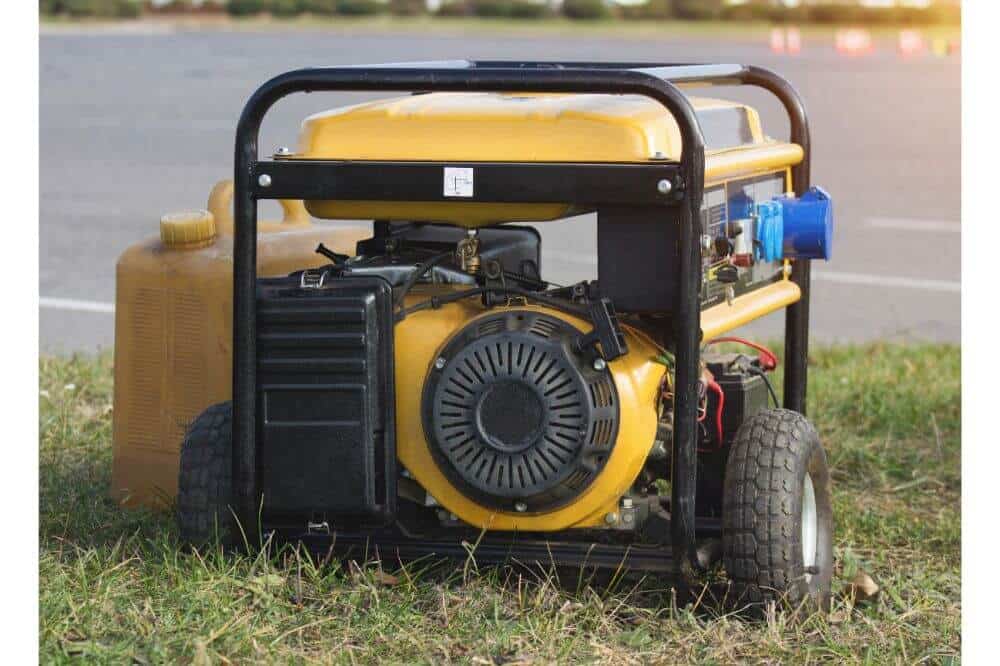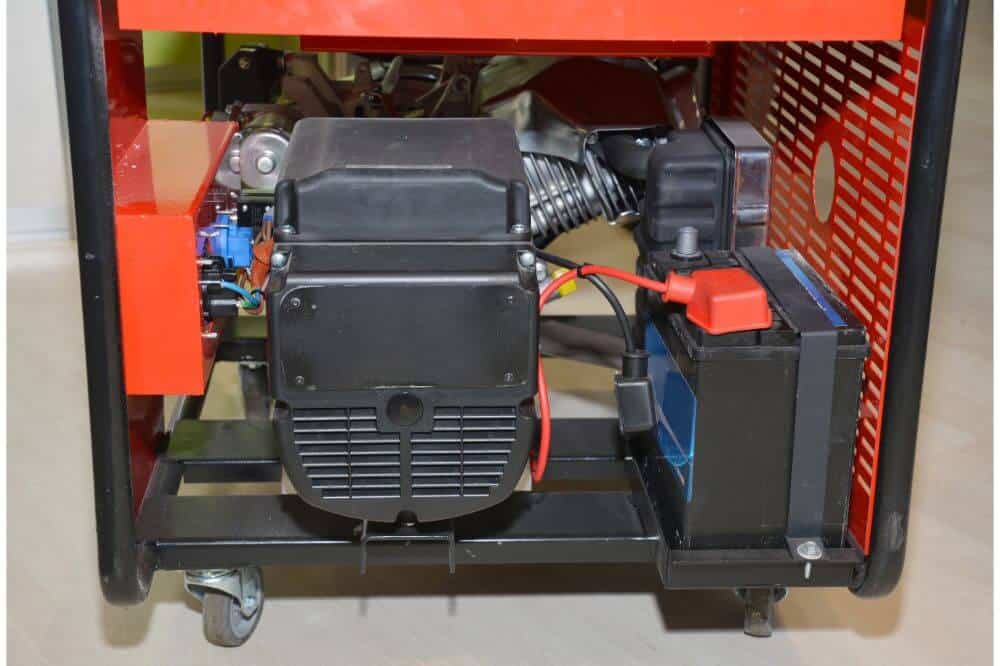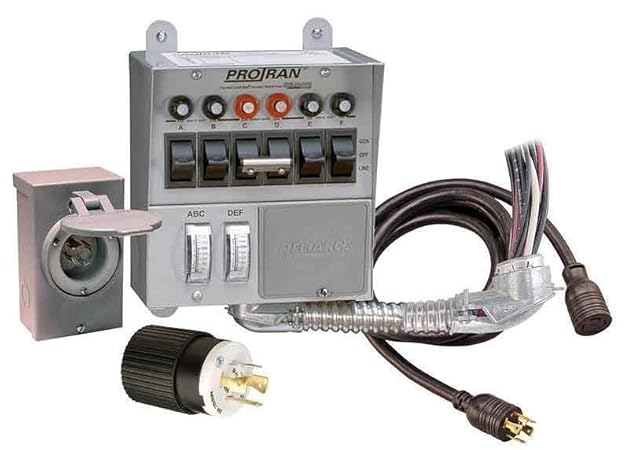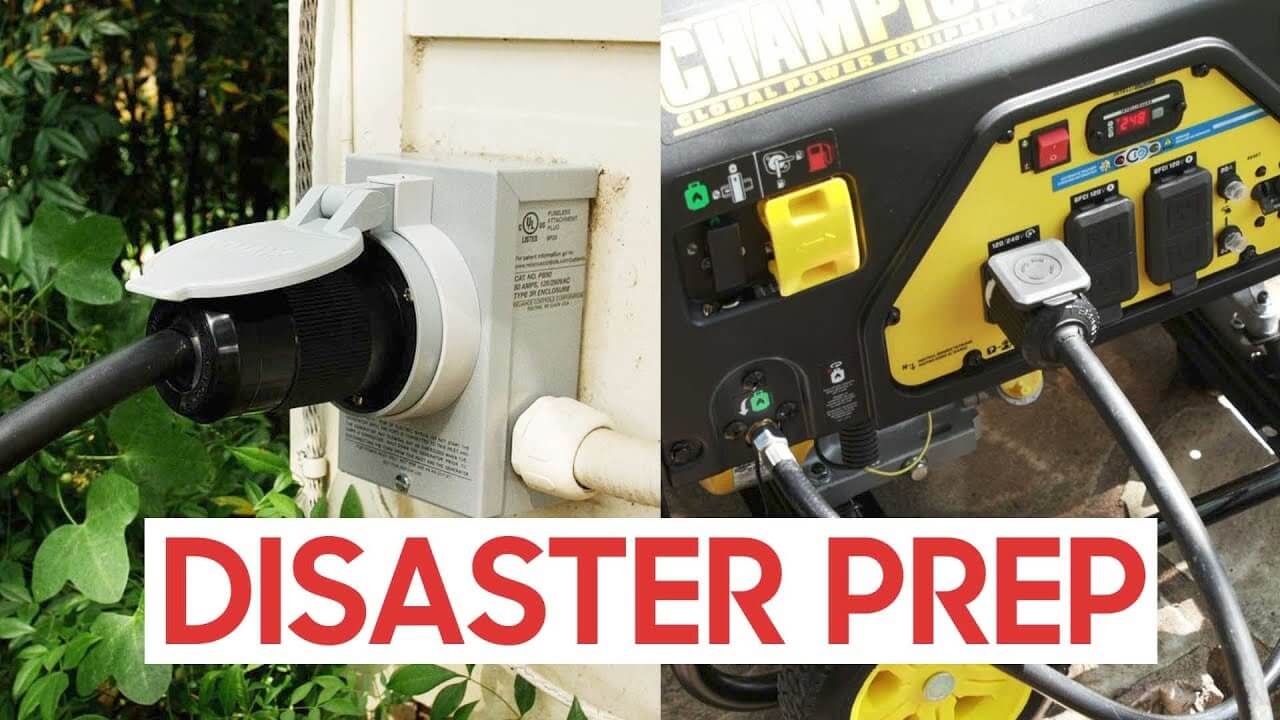How to Use a Generator During a Power Outage
Having a generator as a backup for electricity during a power outage is a great way to prepare for emergencies and disasters.
A generator can help keep you in communication with others, enable you to live more comfortably during a power outage, and can even keep the electricity running to medical and lifesaving devices.
Here is the best way to use a generator during a power outage.
How NOT to Use a Backup Generator
The most important thing to know about using a generator during a power outage is that, in most cases, you cannot simply start the generator and then run extension cords into your home to connect your devices.
Many of a home’s essential devices, like temperature control, well pumps, and similar services are wired directly into the electrical system of the house, and cannot be powered by a generator through a cord or cable.
You also cannot connect the generator directly to the home’s electrical system without the use of a professionally installed transfer switch.
A transfer switch creates a second, generator-powered, electrical panel for the home. It creates an isolated circuit, not on the utility grid, for your home to use in case of an emergency.
A transfer switch prevents the electricity from your generator from “back feeding” onto municipal power services, which can waste your fuel, and also pose a danger to utility workers who may be trying to repair nearby power lines, and not expecting them to be carrying current.
Having a transfer switch also gives you greater control over your generator power. You can activate specific circuits when they are needed, allowing you to control how much power and fuel you use for what purposes.
You can determine whether your generator starts automatically in the event of a power outage, or whether you need to start it manually. Your electrician will help to configure the transfer power panel in the way that suits you best.
How to Use a Backup Generator During a Power Outage
When the municipal power goes out, here’s how to use your power generator.
Turn Off All Appliances and Devices in Your Home
For delicate electronics, make sure they are connected to a high-quality surge protector, and turn the devices off, and the surge protector off.
Inspect Your Generator
If there has been a storm in your area, check the generator for damage.
Make Sure the Generator Ventilation System is Clear and Intact
Inspect your fuel supplies, noting how much you have, and that fuel is intact, undamaged, and stored properly.
Turn on the Generator
Observe it for a few moments to make sure it is working properly
If you have a transfer switch, turn it on or check it to make sure that it is working and running power to the desired circuits.
If you don’t have a transfer switch, use heavy-duty outdoor-rated extension cords that are in good condition, and rated to handle the load of your connected appliances and devices.
Turn on your necessary electric devices one by one, slowly, to account for surges. Start with your most necessary, highest surge appliances first. These may be:
Be aware that washing machines and tumble dryers use a lot of electricity and have a high electrical surge potential, so you may not want to use these appliances during a power outage.

Turn on Your Refrigerator/Freezer
These may have a high surge and use a high amount of power if the power has been off for a long time. If power has only been out for a short time, their running draw may be lower.
Consider raising the operating temperature of these devices so they require less power from the generator, and remember to keep the doors closed as much as possible.
Then turn on any other necessary devices one by one. For electronics, turn on the surge protector, then turn on the devices individually.
Turning things on one by one, and being mindful of surges, allows you to control the higher initial demands many devices need to start operation and avoid overloading your generator and/or your extension cables and switches.
In Conclusion
The most important thing to know is that a backup generator needs to be installed and maintained correctly to operate safely. Locate generators outdoors, in an area with excellent ventilation and shelter from rain and storm damage.
Schedule yearly professional inspection and maintenance of your generator. Always store generator fuel correctly, and inspect it frequently to make sure it is ready for use. Never connect your generator directly to your home’s electrical system.
During a power outage, avoid overloading the generator by turning all your devices on at once, and try to conserve power by using only the electricity you need. You never know how long a power outage will last, so conserving fuel is important.



